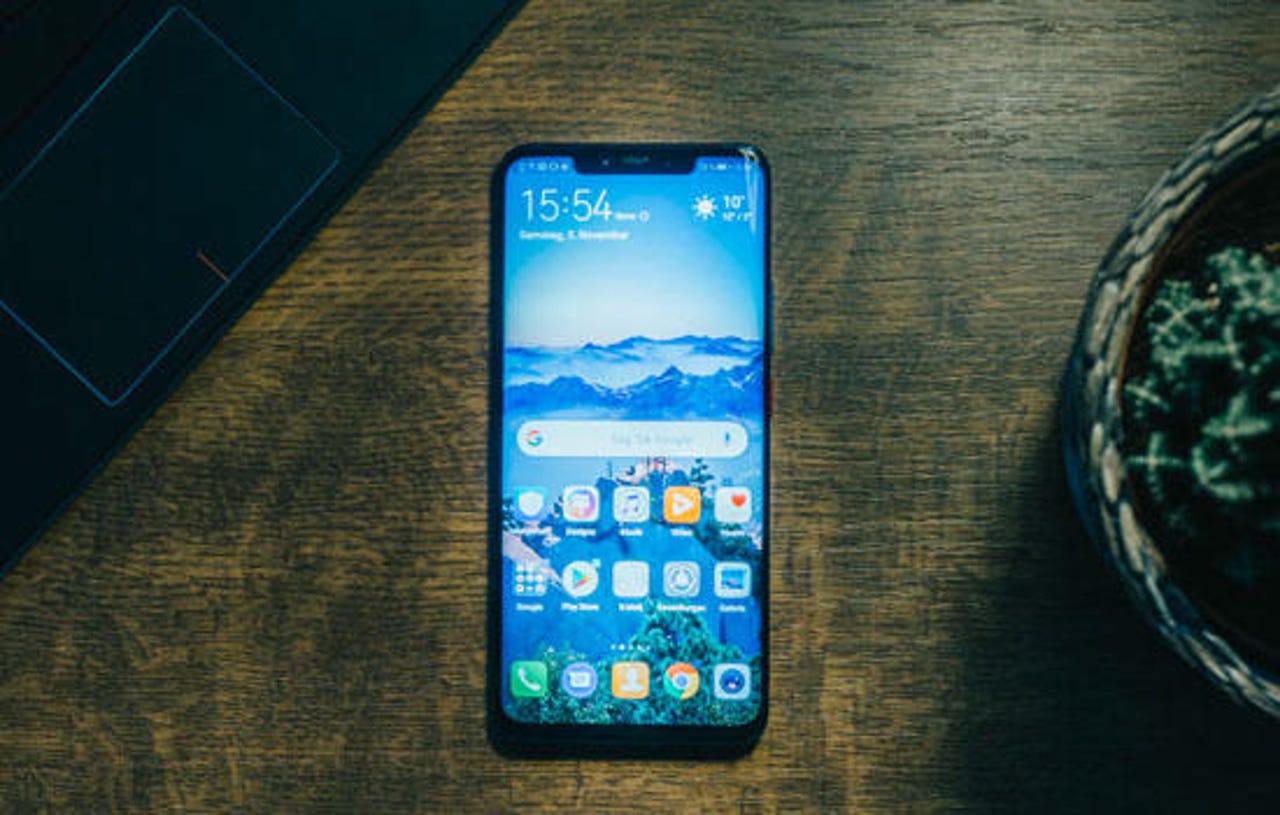The most dangerous iOS, Android malware and smartphone vulnerabilities of 2019

The iOS, Android security landscape in 2019
Our mobile devices, now glued to our hips, are also conduits for cyberattacks through Internet connections, applications, and communication protocols.
Over the course of 2019, we've seen the variety of attacks and vulnerabilities impacting our iOS and Android smartphones escalate. Here are some of the most noteworthy cases.
Wi-Fi firmware issues
To kick off 2019, researchers from Embedi uncovered a vulnerability in Marvell Avastar 88W8897, deployed in products including Samsung Galaxy J1 smartphones, Microsoft Surface laptops, and gaming consoles.
If exploited, the bug could be used to trigger malicious code without user interaction.
Read on: Wi-Fi firmware bug affects laptops, smartphones, routers, gaming devices
Apple's FaceTime flaw
A teenage Fortnite player stumbled across an iOS bug in FaceTime which allowed him to snoop on the person he was calling -- without their interaction or knowledge. It took countless calls and emails before Apple took the vulnerability report seriously.
Read on: Severe vulnerability in Apple FaceTime found by Fortnite player
Fake Google reCAPTCHAs
A phishing campaign spotted by Sucuri in February involved the use of fake Google reCAPTCHA systems to drop malware, including a malicious Android APK containing the Banker financial Trojan, on mobile devices.
Read on: Fake Google reCAPTCHA used to hide Android banking malware
Samsung facial recognition failures
The Samsung Galaxy 10 was shown to be fooled in March by no more than a video. If a user locked their phone via facial recognition, displaying a video of the owner was enough to dupe the technology into providing access to the smartphone.
Read on: Samsung Galaxy S10 facial recognition fooled by a video of the phone owner
iMessage bricks
In July, Google Project Zero disclosed a security flaw in iOS 12.3. If a malformed message was sent to iMessage, this could lead to the device crashing repeatedly and eventually bricking.
Read on: Google Project Zero reveals bad iMessages could have bricked your iPhone
Bluetooth tracking
In July, a weakness in the Bluetooth communication protocol was made public which impacts Windows 10, iOS, and macOS machines, including iPhones, iPads, Apple Watch, MacBooks, and Microsoft tablets & laptops.
The MAC-address exploit could be used to track mobile device users, although Android handsets are not vulnerable.
Read on: Bluetooth exploit can track and identify iOS, Microsoft mobile device users
App history at risk
An interesting case emerged this year involving Monokle, spyware designed for Android handsets. The Remote Access Trojan exploits accessibility services to run keyloggers, expose app history, steal photos and videos, track victims via GPS, and more.
Read on: This Android malware can take photos and videos and spy on your app history
Interactionless iOS attacks
A Google researcher reported the existence of six dangerous vulnerabilities impacting iOS in July. Four of the six security flaws allowed "interactionless" attacks on mobile devices and the remote execution of malicious code.
Read on: Google researchers disclose vulnerabilities for 'interactionless' iOS attacks
Filecoder
A new ransomware strain dubbed Filecoder was found in July, and while appearing to be unfinished, has revealed some dangerous capabilities. The malware is disguised as a pornographic app and once it lands on your handset, it will attempt to encrypt files -- based on a list from WannaCry -- and demand up to $200 for decryption.
Read on: This new Android ransomware infects you through SMS messages
Joker
In September, researchers found a host of malicious apps that managed to avoid Google Play security barriers. 24 apps were downloaded close to half a million times and once installed on a victim's device would plant the Joker malware, able to steal data and generate fraudulent profit through malvertising.
Read on: Malicious Android apps containing Joker malware set up shop on Google Play
xHelper
A new strain of Android malware called xHelper, which has infected tens of thousands of devices, makes its operators money through pay-per-install schemes and malvertising. What makes this malware different, however, is high levels of persistence which means that the malware will keep re-installing itself -- even after factory resets.
Read on: New 'unremovable' xHelper malware has infected 45,000 Android devices

Ad blocker advertising
FakeAdsBlock is an interesting form of Android malware which is being spread as an ad blocker for mobile devices. However, once installed, the app bombards users with ads to generate revenue for its operators.
Read on: Android malware disguises as ad blocker, but then pesters users with ads
Locked phones still spy on you
In November, security flaws in Android were publicly disclosed in which millions of devices were vulnerable to attack. The bugs could be used to compromise Google and Samsung handsets for covert spying, as well as to take images and videos without user knowledge -- whether or not the device was locked.
Read on: Android flaw lets rogue apps take photos, record video even if your phone is locked